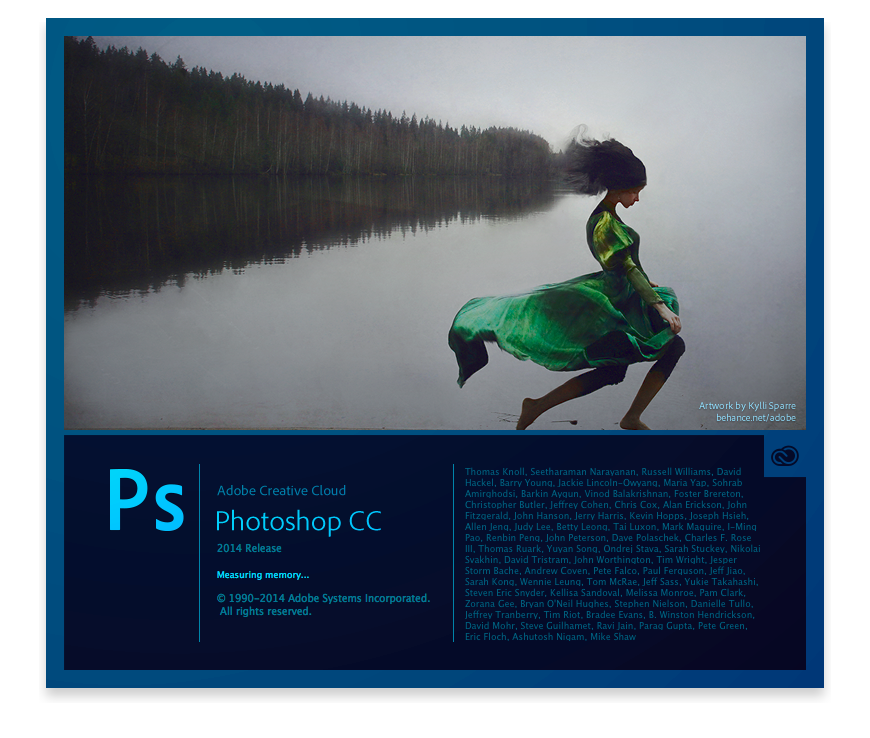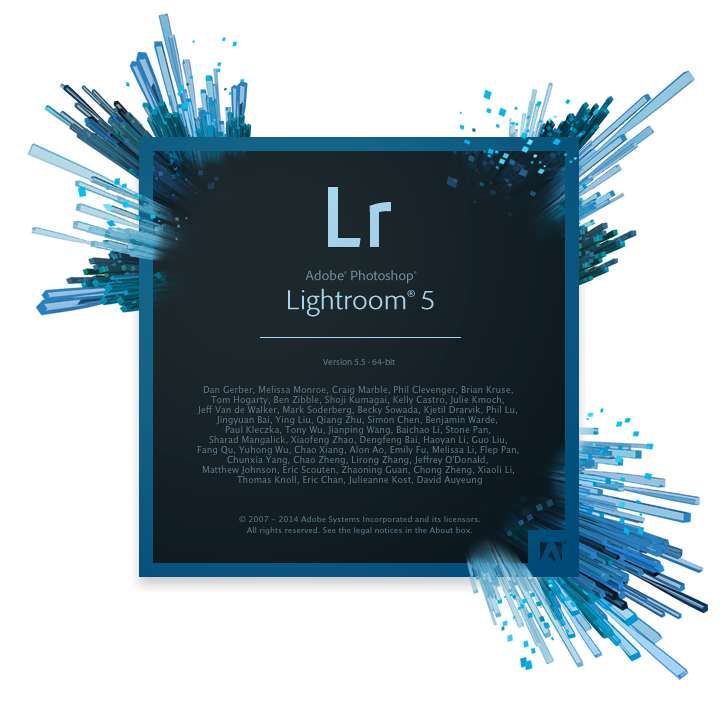The Creative Cloud Keeps Marching On
It’s been two years since Adobe killed Creative Suite and switched all of their apps to a one-size-fits-all subscription: Creative Cloud. Best known for annoying long-term Creative Cloud customers who felt they were getting a worse deal, and for confusing most people that the Cloud in meant Photoshop et al were now web apps (quick tip: they’re not), Creative Cloud easily generated more negative press than positive. Everyone was used to paying over a thousand dollars to start using a bundle of Adobe’s apps, or $700 just for Photoshop—though many of us got started a lot cheaper thanks to student pricing—and then saving on upgrades that were a fraction of the original price.
Creative Cloud leveled the playing field: new user or old expert, everyone would pay $49/month for every app Adobe offered—or $19 for one app—plus some extras like online file storage and Typekit fonts. Over time, it’d work out cheaper than Master Collection or purchasing and upgrading an individual app, but it would work out somewhat more expensive in the long run if you only needed a few of the apps that could have been purchased in a smaller Creative Suite package. But even still, it was infinitely more affordable up-front, and the apps were still the same desktop apps we were already used to, with enough new features that most of us would have justified buying an upgrade anyhow.
Adobe justified the move to subscription licensing by saying they’d ship updates more often, and add more cloud features. Love the switch or not, Adobe has kept to its word on the former, shipping actual new features in Photoshop every 4-5 months. That’s far better than the old model, where new features only shipped in new Creative Suite releases on a 12-18 month schedule with a paid upgrade. The cloud features have taken longer to make sense, but with this spring’s launch of Lightroom for iPad—a free app, if you have a subscription—made Creative Cloud’s cloud storage make a bit more sense, as did the earlier launch of Typekit font sync.
And now, with 2014’s Creative Cloud major updates, the entire subscription strategy finally makes more sense. At first glance, nothing has changed: there’s a slew of apps, this time including quite a number of iOS apps, that you get for a monthly subscription, along with some cloud storage and Typekit fonts. But just go look at Adobe.com and you’ll instantly realize that everything has really changed. Gone are the mentions of boxed products and even separate products. Left in its place is a sign-in button for Creative Cloud, along with product pages that are essentially tutorials to help you start using the various apps creatively. There’s no ifs, ands, or buts. If you ever wondered if Adobe’s going to change its mind about Creative Cloud, the answer is a prominent no.
But along with that no, there’s ample reason to think that Adobe’s not just sitting back and letting their apps coast while reaping the subscription benefits. There’s nice updates in each app, including a tool that selects the parts of the picture that are in Focus and new Smart Object features in Photoshop. And, while Adobe hasn’t made new suites of apps in Creative Cloud as I’d hoped, they have made the Photography Program a permanent option in CC—which at $9.99/month for Photoshop and Lightroom is one of the best deals in software (and is cheaper than the old boxed Photoshop, no matter how you cut it—and is the CC subscription I have). The international pricing for Creative Cloud is even somewhat better; while their plans are still about 30% more expensive in Europe, they’re essentially the same price in North America, Asia, and Australia—a big win for the latter.
They, they’ve started fulfilling the Cloud part of Creative Cloud by advancing ever so slowly into the realm of real cloud computing with their software. Yes, every Adobe app for Mac and PC still run 100% native and offline on your computer, but their new Photoshop Mix app for the iPad has desktop-level Photoshop features, and it offloads the computational power to Creative Cloud. That’s a showcase for the new Creative SDK, which developers can now use to tap Photoshop features and cloud computing from their apps. Adobe now has quite a lineup of iPad apps—and Lightroom now runs on the iPhone as well—and they even made a stylus for the iPad, so combine that with the Creative SDK and it’s apparent that they’re making an incredibly strong play for the future of creative apps.
Creative Cloud isn’t perfect. It’s still pricey, of course, and there’s the oddities like the fact that this year’s Creative Cloud updates are called “Creative Cloud 2014” and install as separate programs—despite the fact that CC was supposed to do away with hard versions. I still hope someday they offer, say, a $25/month Creative Cloud with just Photoshop, InDesign, Illustrator, and Lightroom, but at any rate: Adobe’s still an interesting company that’s far from boring. I still find alternatives like Pixelmator and Sketch both fascinating and useful—competition’s great, always—but Adobe’s not worth writing off. Not yet.
One More Thing: CC 2014 Splash Screens
Adobe has a time-honored tradition of making the most dramatic splash screens for their apps, both long before they were fancy and long after they were in style. And they’re still here in the latest CC releases, only this time with less flare for the most part. Each CC 2014 app’s splash screen is a rectangle in the colors of its icon, with artwork from Behance on the top half and app info on the bottom half. Here’s the Photoshop CC 2014 splash screen, featuring a photo from Kylli Sparre, and you can see the other apps’ splash screens at this link.

Lightroom got updates, but it isn’t a fully new version this time around—likely a hat tip to it being still available as a stand-alone non-subscription purchase, and those customers would likely not be so happy about paying for an upgrade just yet. At any rate, the current Lightroom 5.5 retains a splash screen that looks a bit more like the original Photoshop CC splash screen with extreme 3D shapes jutting out of the edges.

And, for fun, you can look back at the CS6 splash screens.
Thoughts? @reply me on Twitter.
